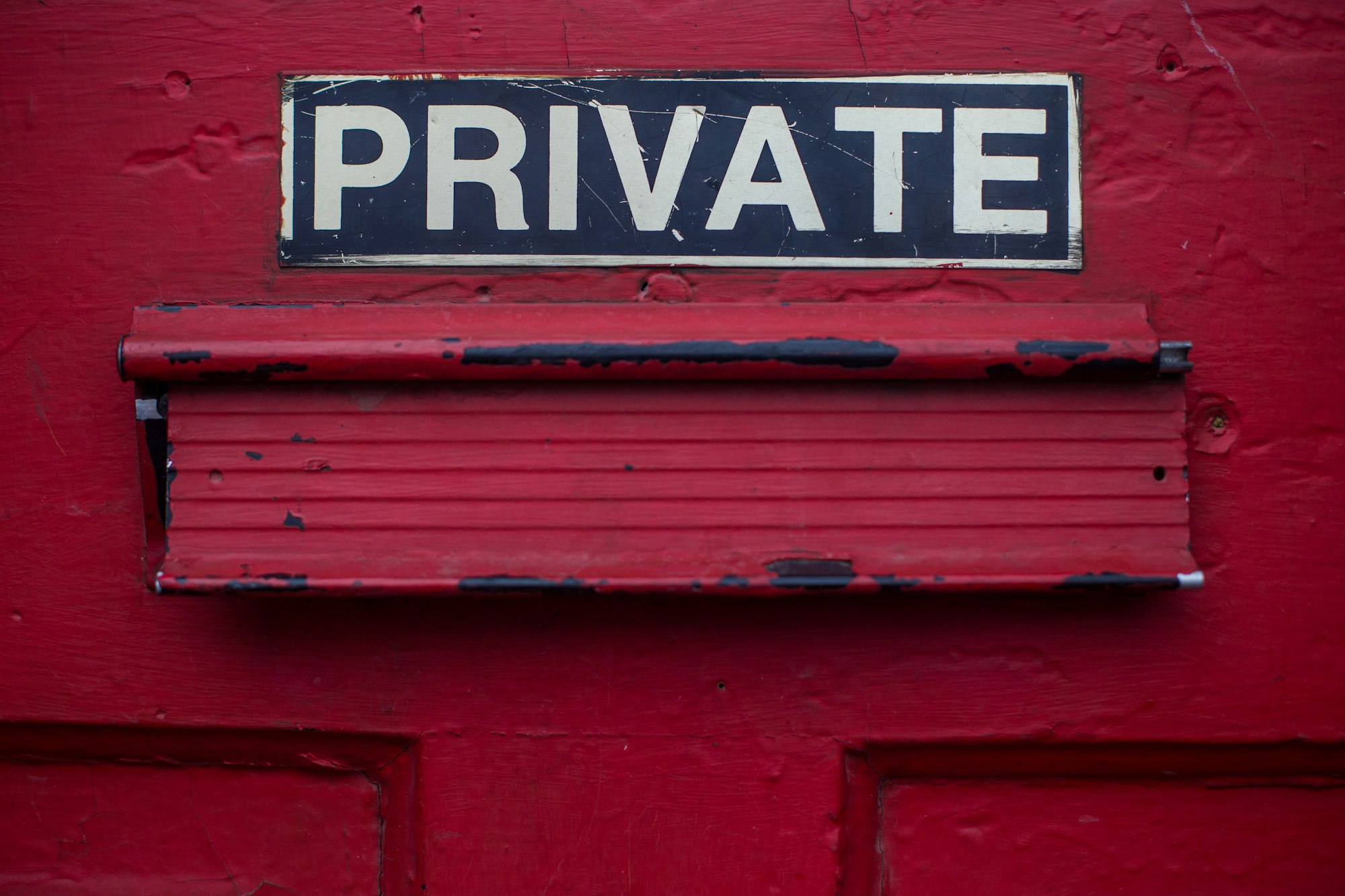Protecting Form Responders
Forms are everywhere and they're always asking for our personal information. But what happens to all that data? This guide will help form responders understand their rights and how to protect their information in a hilarious way.
Ladies and gentlemen, welcome to the world of forms. You may have noticed that wherever you go, forms follow. They're like a swarm of bees that never seem to leave you alone. And what do these pesky forms want from us? Our personal information, of course! But what happens to all that data? And who's watching over it to make sure it doesn't end up in the wrong hands? That's where form responders' rights come in!
So, buckle up, folks, and get ready for a wild ride as we explore the world of form responders' rights. We'll be looking at the key data privacy regulations that protect us and the best practices organizations can follow to keep our information safe. And don't worry, we'll keep it light and funny, because let's face it, the world of forms can be a bit boring and dry. So, let's add a little humor to the mix!
Regulations That Protect Form Responders' Information
When it comes to our personal information, we want to make sure it's in good hands. That's why we have data privacy regulations like the European Union's General Data Protection Regulation (GDPR), California's Consumer Privacy Act (CCPA), and the Health Insurance Portability and Accountability Act (HIPAA) in the United States. These regulations are like the superhero guardians of our information, making sure that our rights are respected and our information stays safe.
Best Practices for Protecting Form Responders' Information
Organizations can follow a few simple best practices to make sure our information stays secure:
- Be transparent about what information is being collected and how it will be used. It's like the old saying goes, "what you don't know can't hurt you." So, let us know what's going on!
- Secure sensitive information with encryption and secure servers. Think of it like a fortress for our information.
- Limit access to sensitive information to only those who need it. We don't want just anyone getting their hands on our personal information.
- Provide form responders with the ability to access and update their information. We want to be able to check on our information and make sure it's still safe.
- Regularly assess and update security measures to ensure form responders' information is protected. This way, our information stays secure and we can sleep soundly at night.
Conclusion
In conclusion, form responders' rights are important, and organizations need to do their part to protect our information. By following relevant data privacy regulations and best practices for securing sensitive information, organizations can build trust with form responders and ensure that our rights are respected. So, next time you're filling out a form, remember that you have rights too! And don't be afraid to demand that your information stays safe.
Sources
- European Union General Data Protection Regulation (GDPR)
- California Consumer Privacy Act (CCPA)
- Health Insurance Portability and Accountability Act (HIPAA)
- National Institute of Standards and Technology (NIST) Cybersecurity Framework




